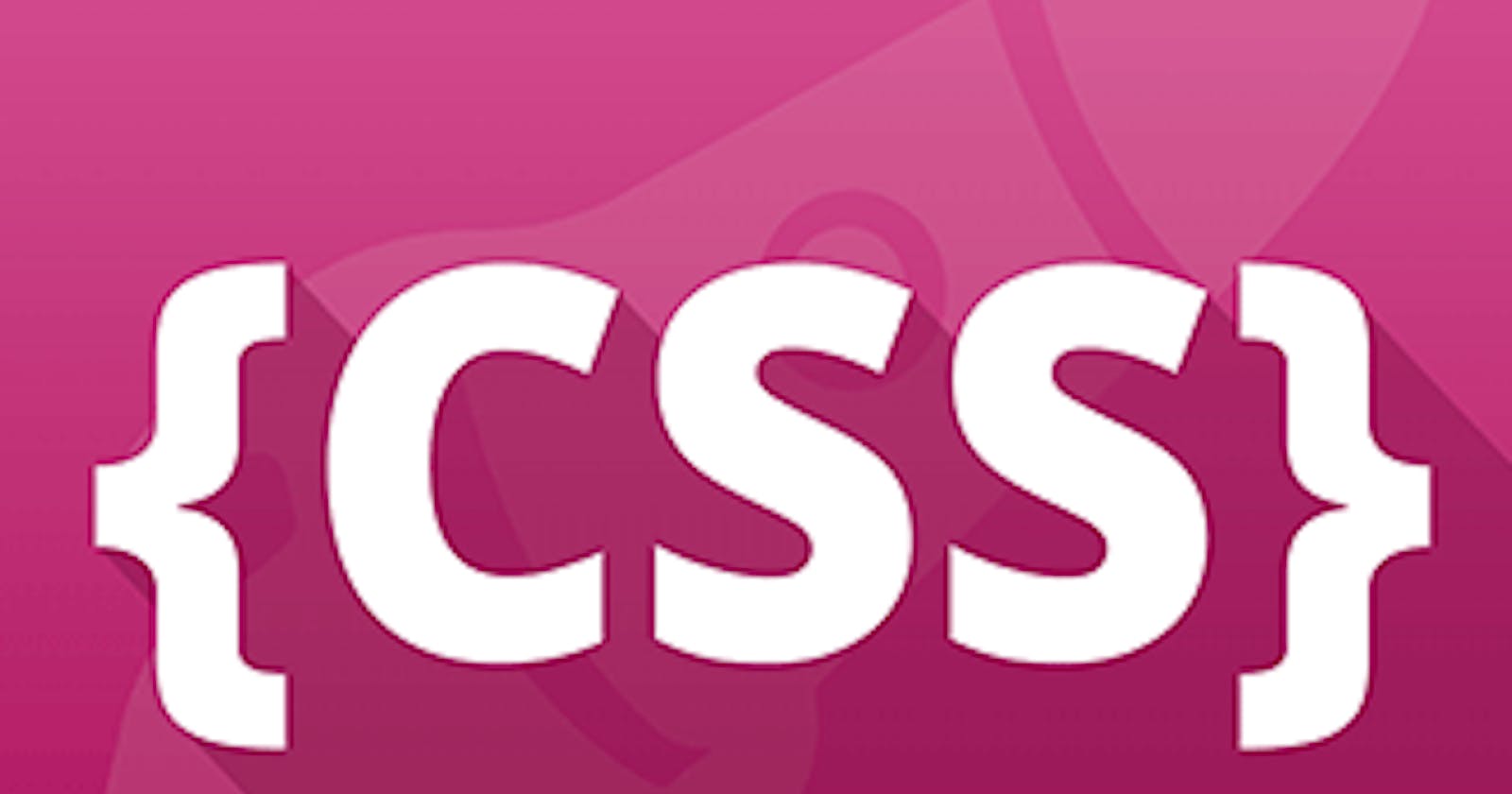As the name suggest, CSS selectors are used to select and provide a style to an element.
The CSS selectors are mainly divided into:
*Basic Selectors: These selectors select the elements based on class, id, and name.*
1.Universal selector: It uses the asterisk(*) or star as a symbol and it selects the entire webpage.
* {
background-color: black;
color: white;
}
2. id-selector: It selects the id attribute of the HTML element and select the specific element.Below is the syntax used for id-selector.
#div-container{
color: blue;
background-color: gray;
}
3. class-selector: This selector select the HTML elements which are inside the class. The syntax used for class-selector is (.) followed by the class name in the CSS code.
.classname{
background-color: black;
color: white;
font-family: Montserrat;
}
4. Group-selector: Suppose you want to style different selectors or elements on the webpage with the same style and writing separate rules for every selector is a brain teaser instead we can write it in a comma separated style. Below is the example given for the same.
#div-container, .paragraph-class, h1{
background-color: purple;
color: white;
font-family: monospace;
}
5. Attribute Selector : This selector is used to select the elements with specific attribute or values. The syntax to write attribute selector is shown below. It uses [] symbol and the attribute should be defined in the [] as [attribute].
[attribute] { background-color: Red;
color: black;
font-family: monospace;
font-size: 1rem;
}
Combinator Selectors: In these type of selectors, it selects the combination of properties and attributes of the elements. Below are the example given:
1. General Sibling selector: (~): The selector select the elements which are next siblings of the specified elements. The symbol used is (~).
.class ~ p {
text-align: right;
color: black;
}
Here, It targets the paragraph that comes after the class.
2.Child-selector: It selects all the elements that are the children of a specified class or id. The symbol used for child-selector is (>) . Below is the code to understand the child-selector.
div > p {
color: black;
background-color: yellow;
font-family: “Montserrat”;
}
The above code selects all the paragraphs that comes into the specified class.
3.Adjacent Sibling Selector(+): This selector selects the immediate sibling of the specified class, id. (+) symbol is used to specify a child selector. Below is the code for Adjacent Sibling Selector.
div + p {
color: white;
background-color: black;
font-family: “Montserrat”;
}
pseudo selectors
1.hover:pseudo-class selector: : It will change the color and style of hovering when hovered over it. We can specify different styles of Below is the code for hover:pseudo-class selector.
div :hover {
background-color: blue;
text-decoration: underline;
}
2.first-child pseudo class selector : It selects the first child of the any element and gives the property according to mentioned details. Below is the code for your reference.
p :first-child{
color: blue;
text-align: center;
}
3.Last-child pseudo class selector : It selects the last child of the any element and gives the property according to mentioned details. Below is the code for your reference.
p :last-child{
color: black;
text-align: left;
}
4.nth-child pseudo class selector : It selects the nth child of the any element and it can be given different values and selection can be done accordingly. Below is the code for your reference.
p :nth-child{
color: Red;
text-align: right;
}
5.::before pseudo element : This selector is used to put content before the specified element. the code for this selector is mentioned below:
h1::before {
content: url(pic.png);
}
6.::after pseudo element : This selector is used to put content after the specified element. the code for this selector is mentioned below:
h1::after{
content: url(pic.png);
}
Hope you got the clear understanding of the CSS selectors. Happy Coding!
